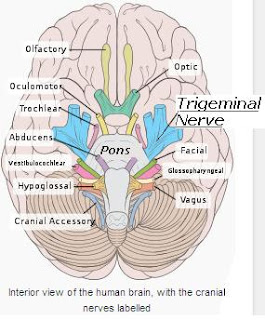Fiber tractography is the neurological procedure to study neuron axons tracts in a human brain using magnetic resonance imaging techniques and computer-based image analysis. A fiber tractography test can be shown in either two dimensional or three dimensional images. In the cerebrum the myelinated neuron axons of the cerebral cortex cluster together to form fibers, and these get together to form thick bundles or tracts called fasciculus which connect one lobe or region of the cortex with another. Thus, there is a complicated three-dimensional network formed by short connections among different cortical and subcortical regions.

The existence of these bundles has been revealed by histochemistry and biological techniques on post-mortem specimens. Brain tracts are not identifiable by direct exam, CT, or MRI scans. This difficulty explains the paucity of their description in neuroanatomy atlases and the poor understanding of their functions. The magnetic resonance imaging (MRI) sequences used look at the symmetry of brain water diffusion. Bundles of fiber tracts make the water diffuse asymmetrically in a tensor, the major axis parallel to the direction of the fibers. The asymmetry here is called anisotropy. There is a direct relationship between the number of fibers and the degree of anisotropy.

The existence of these bundles has been revealed by histochemistry and biological techniques on post-mortem specimens. Brain tracts are not identifiable by direct exam, CT, or MRI scans. This difficulty explains the paucity of their description in neuroanatomy atlases and the poor understanding of their functions. The magnetic resonance imaging (MRI) sequences used look at the symmetry of brain water diffusion. Bundles of fiber tracts make the water diffuse asymmetrically in a tensor, the major axis parallel to the direction of the fibers. The asymmetry here is called anisotropy. There is a direct relationship between the number of fibers and the degree of anisotropy.






























